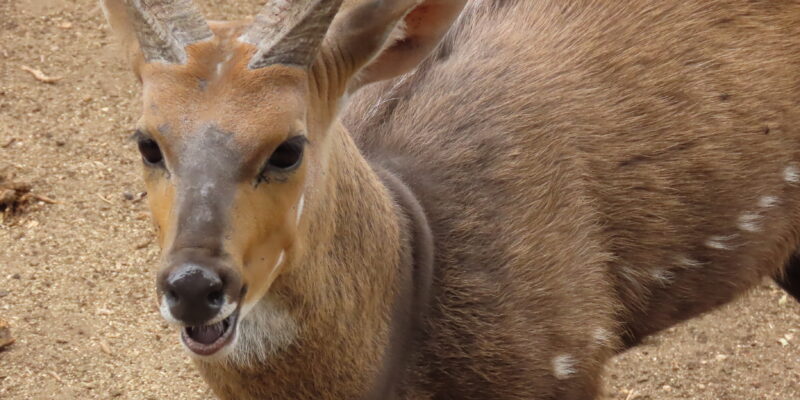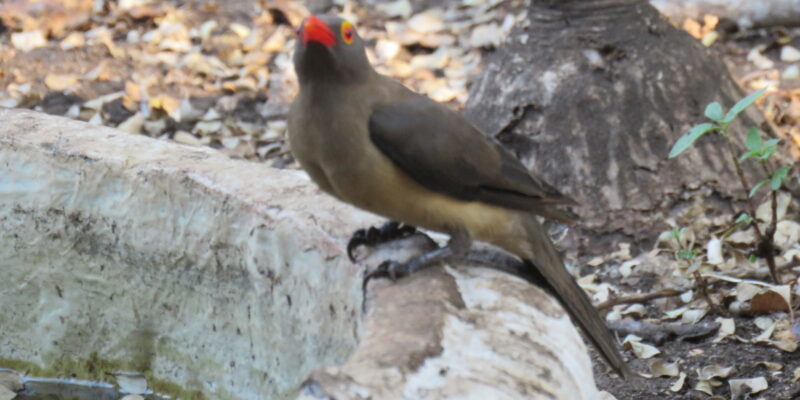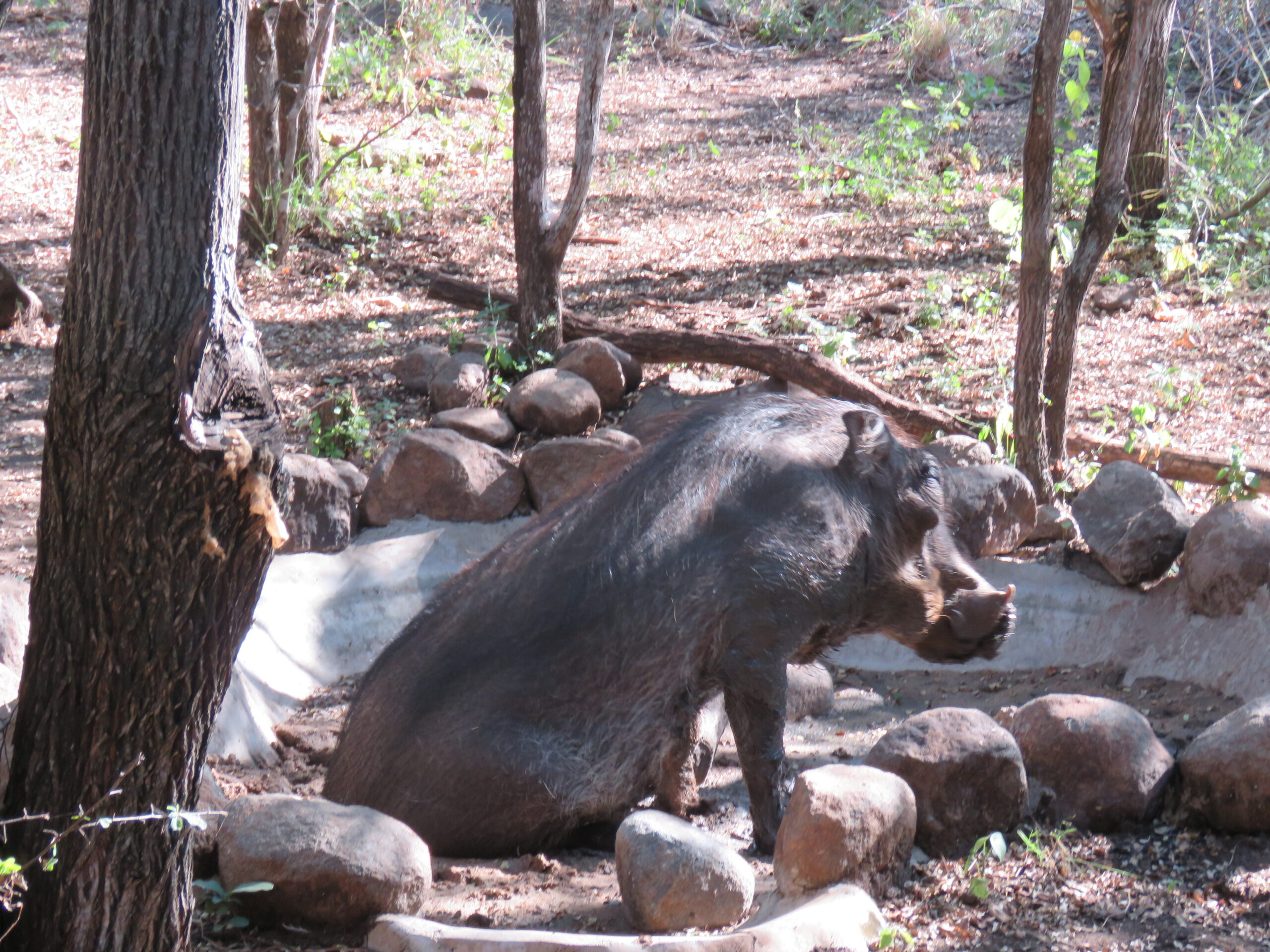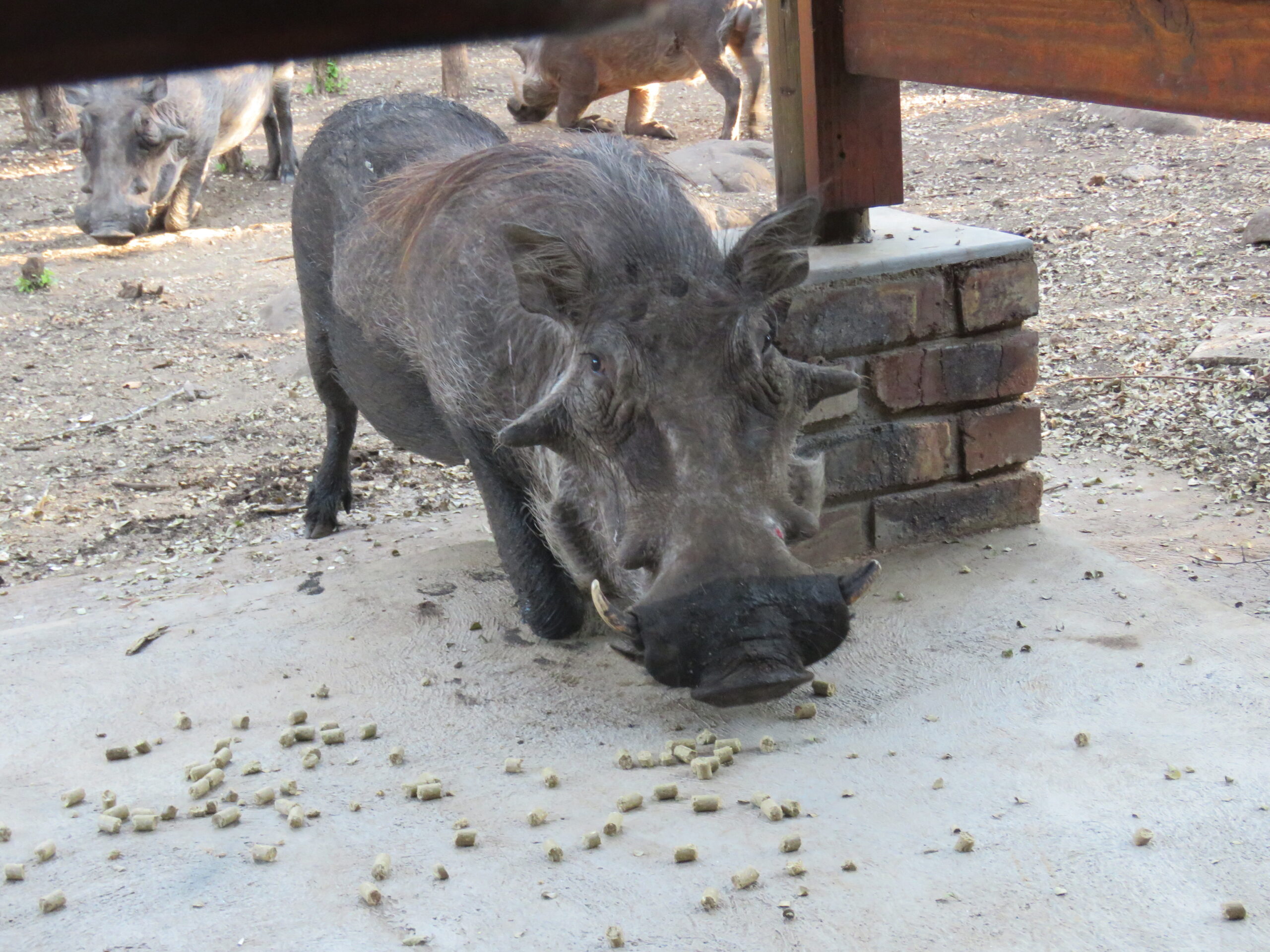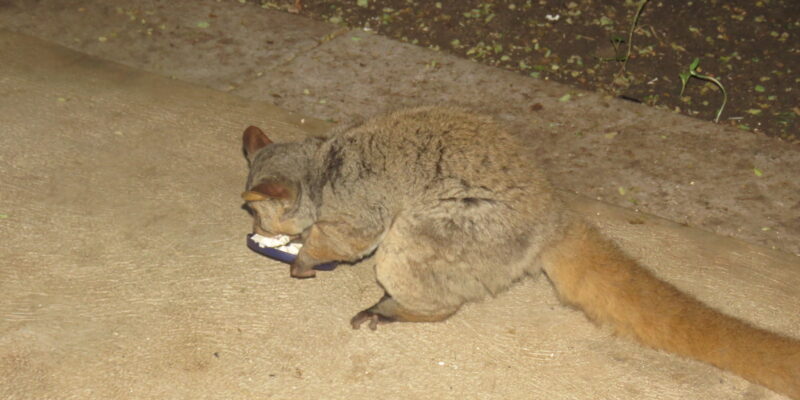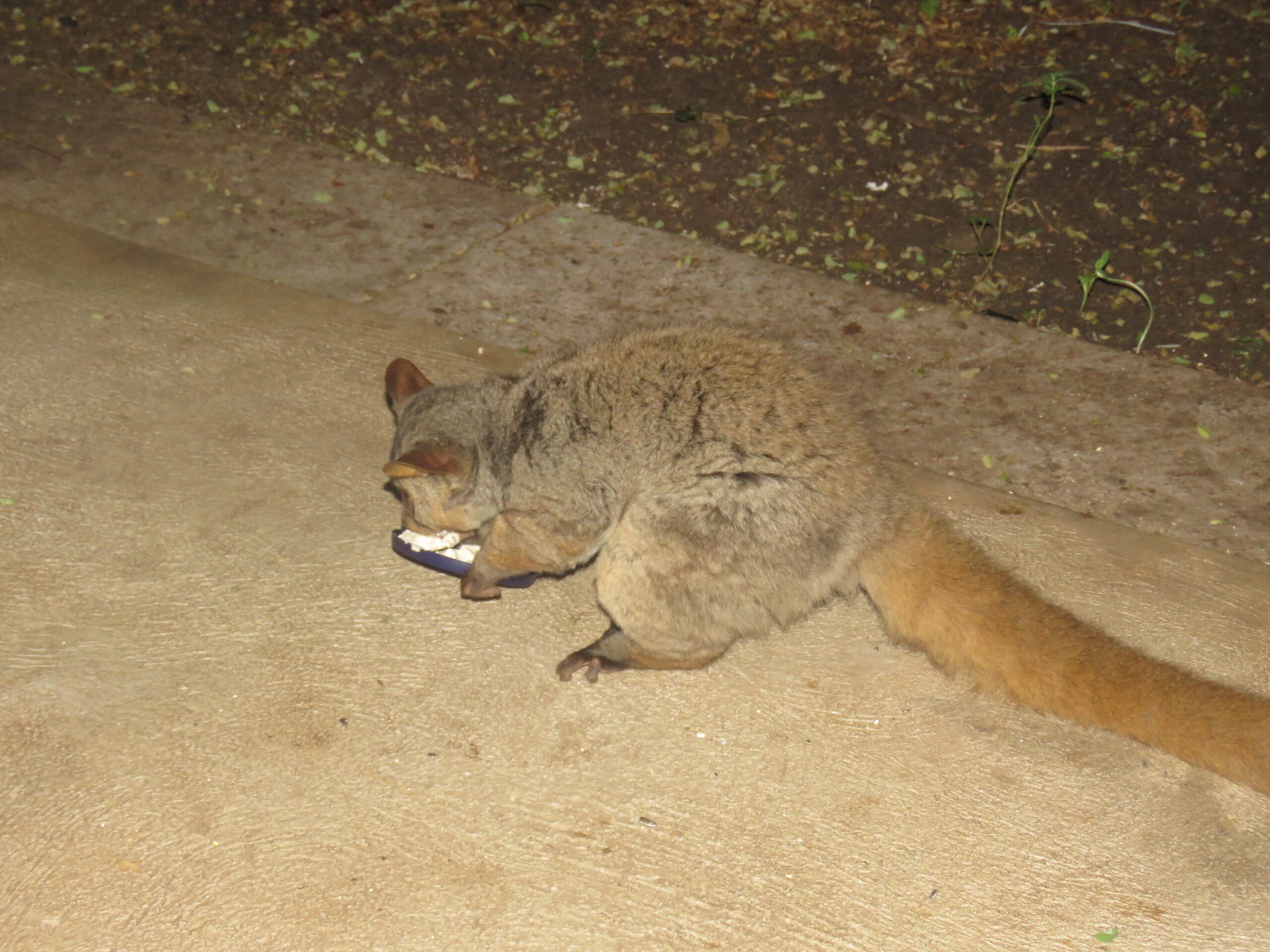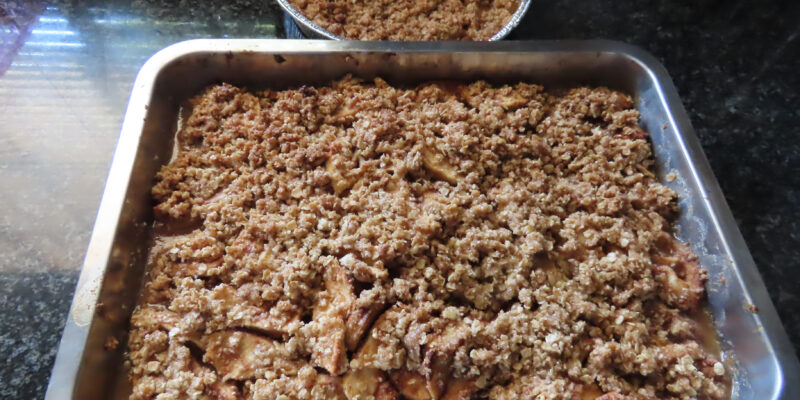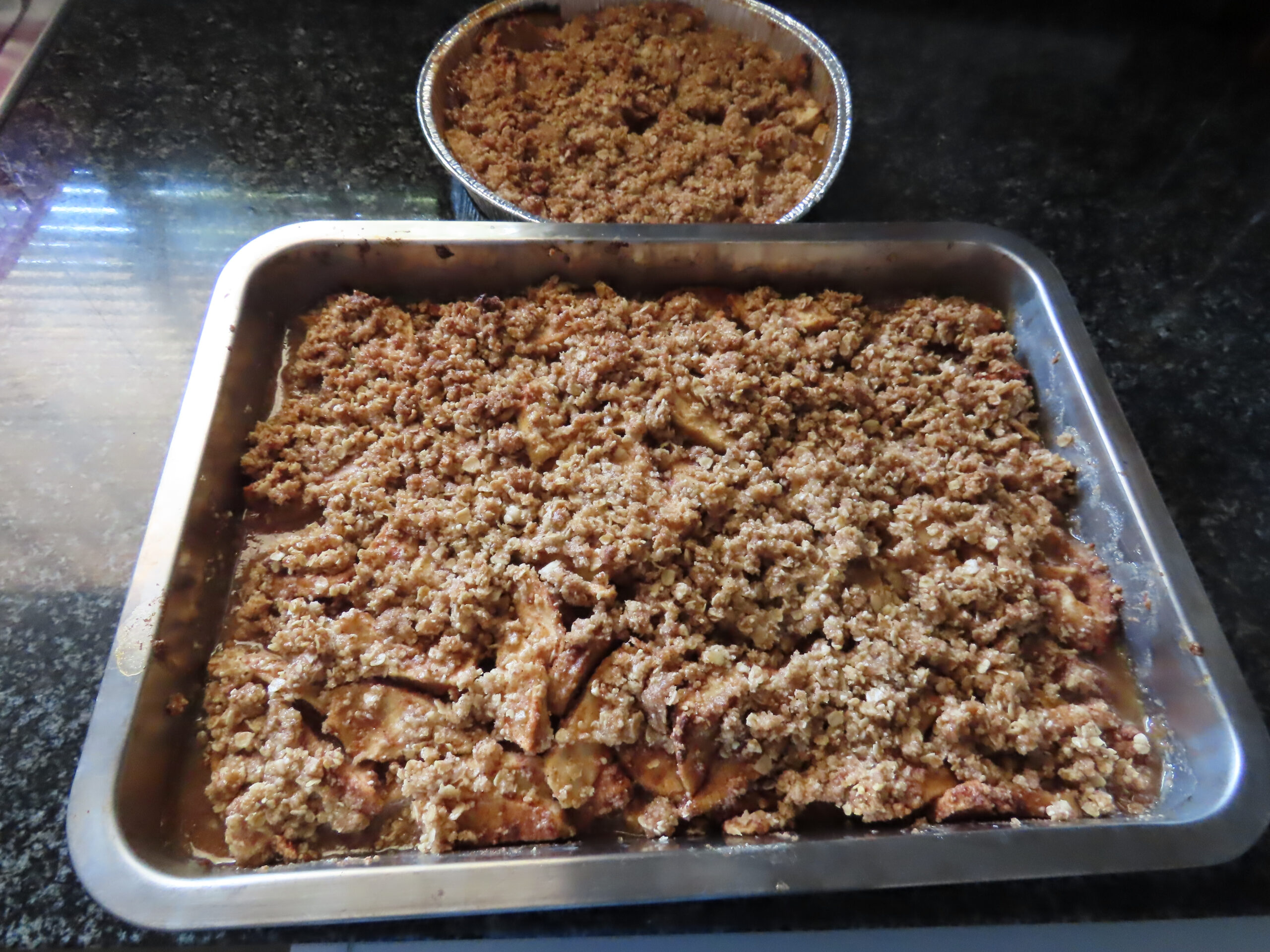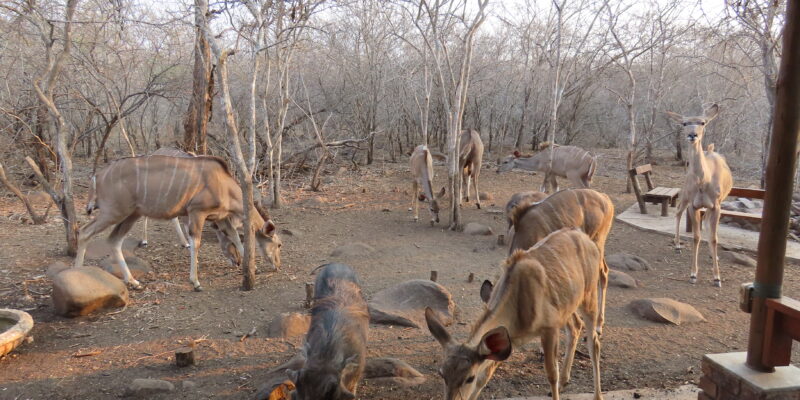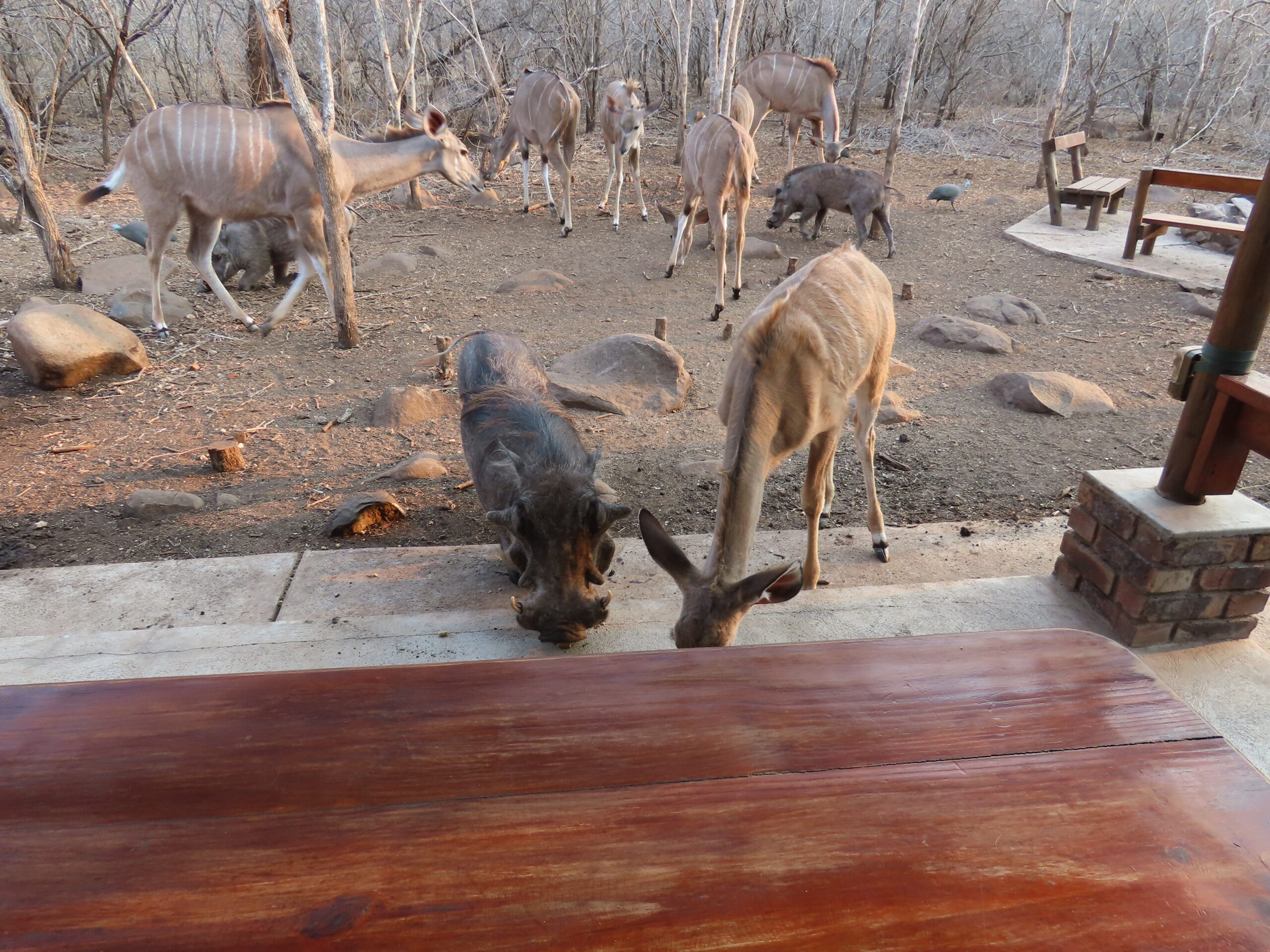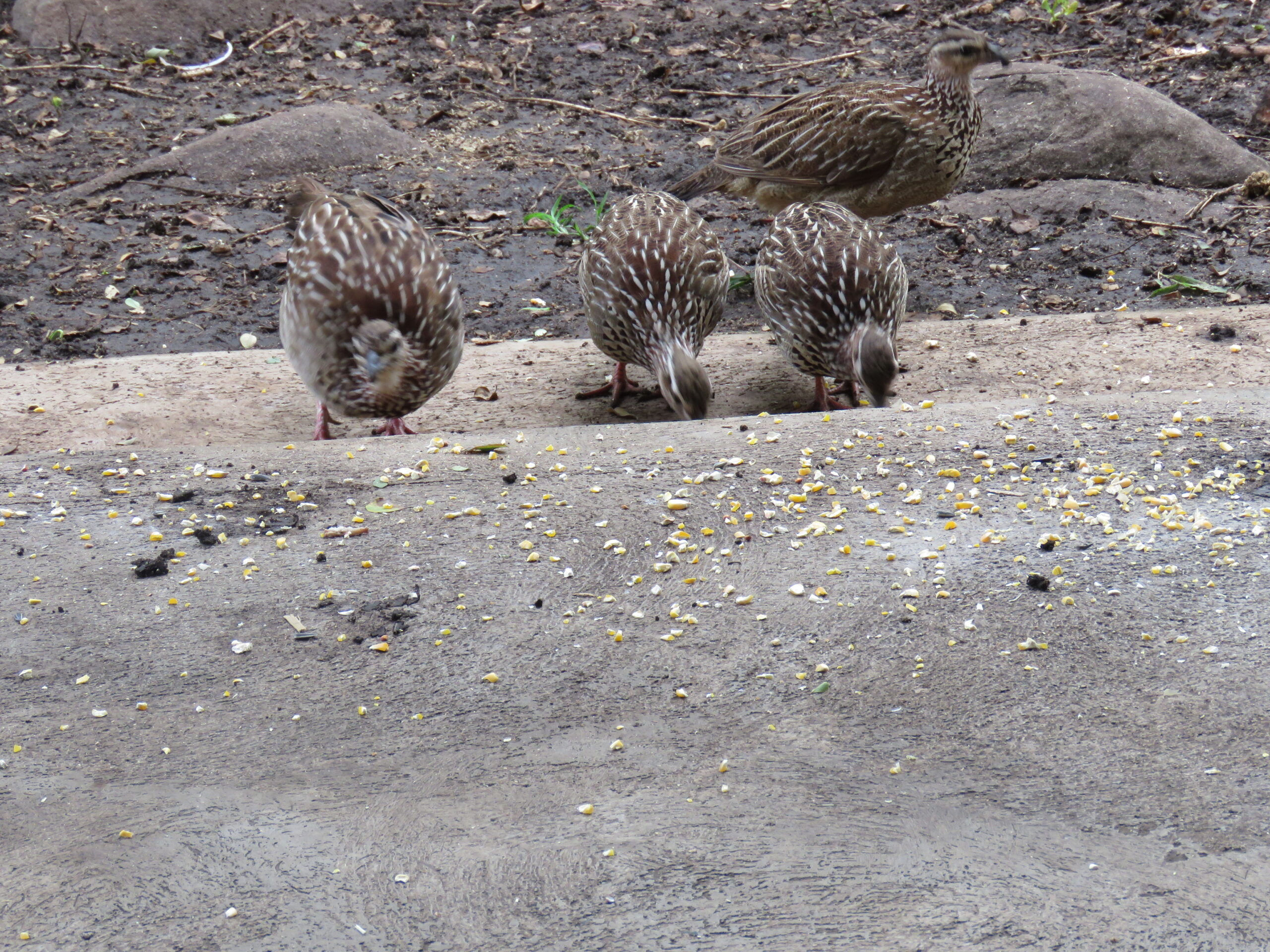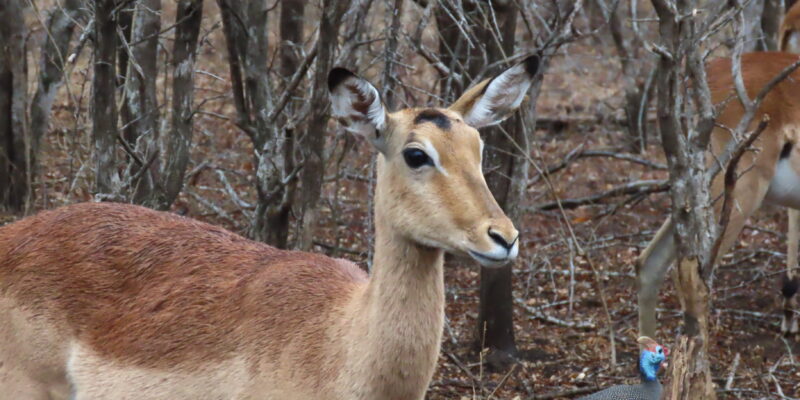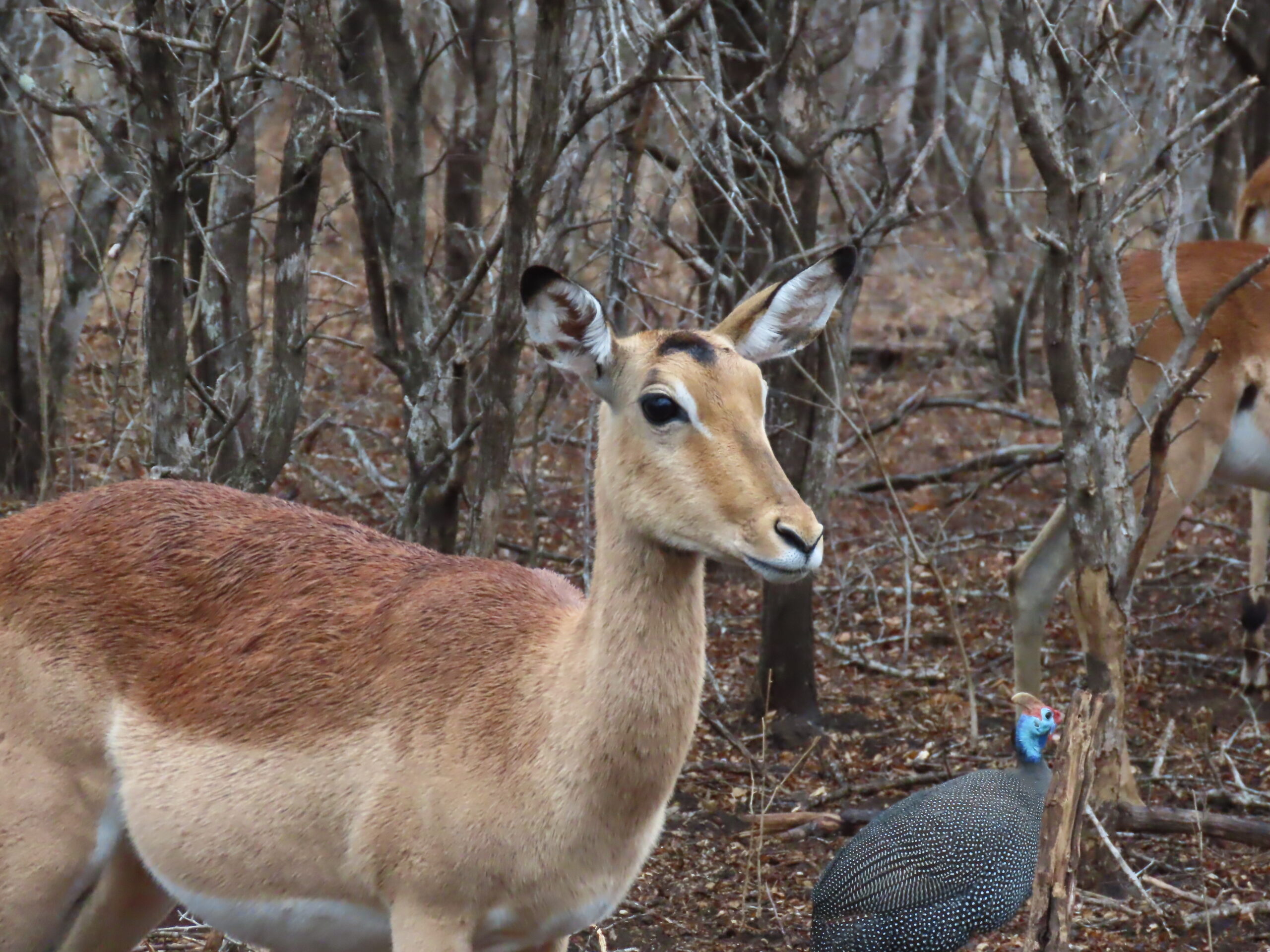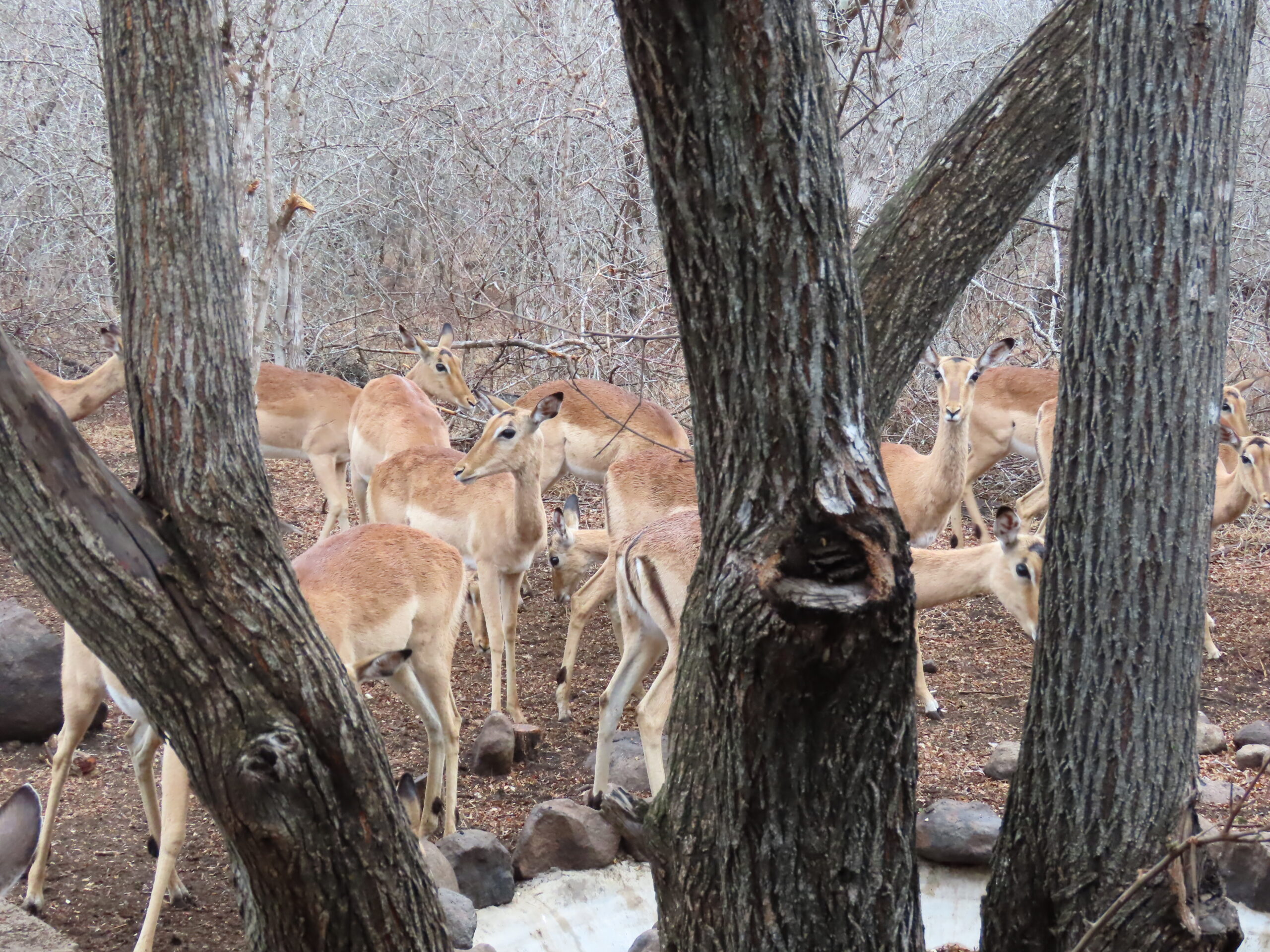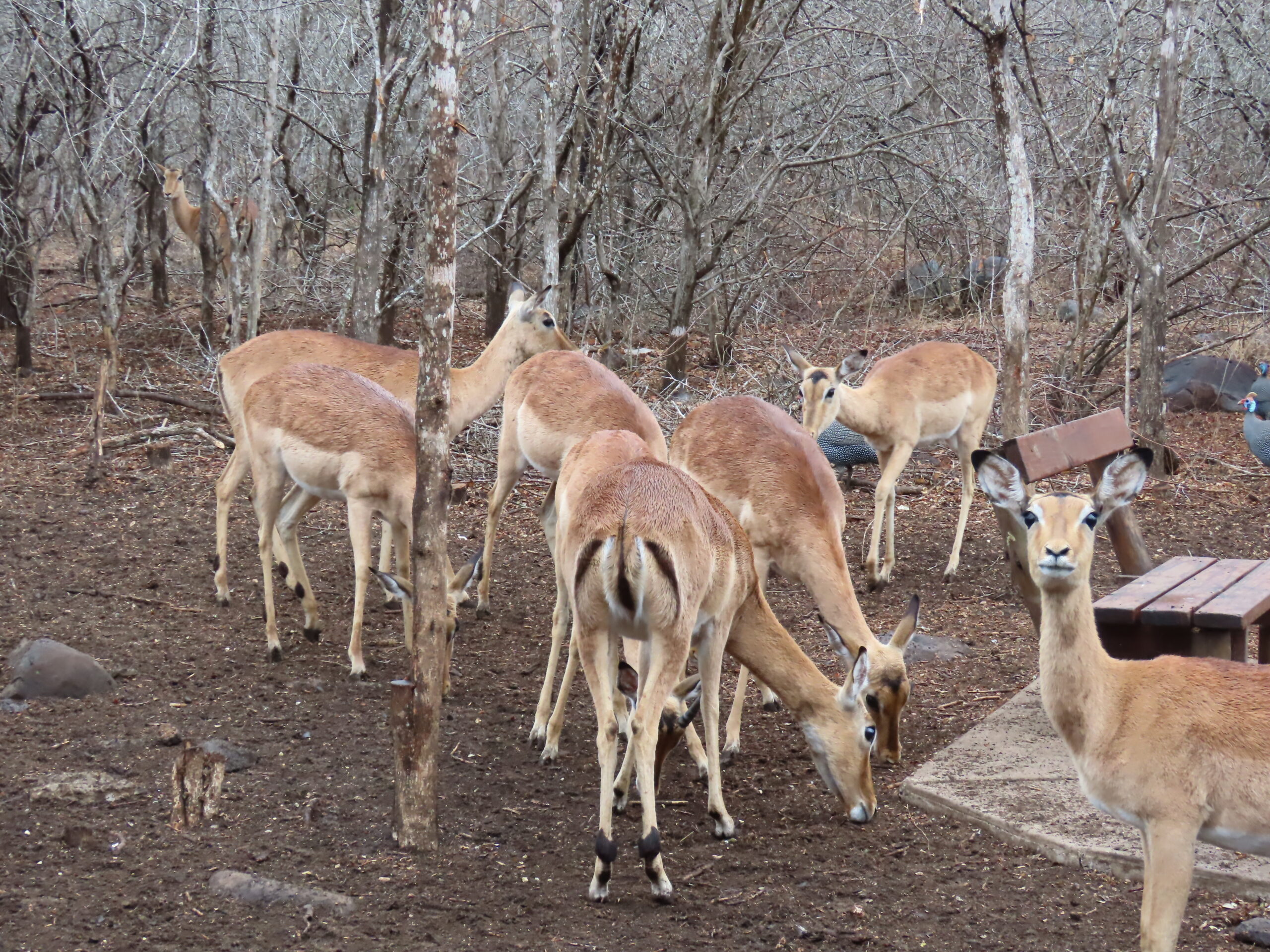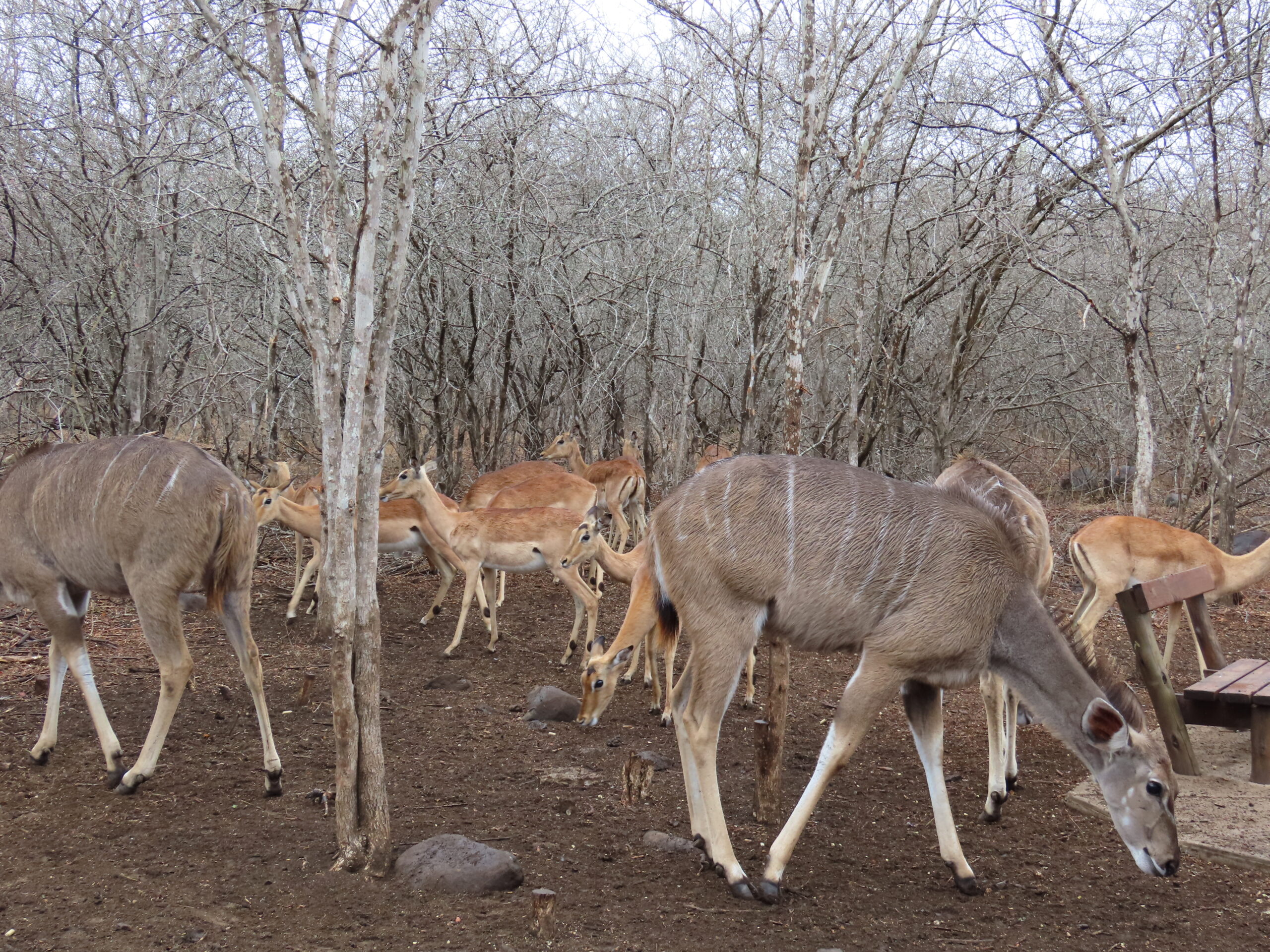
At the moment, Thick Neck/Bad Leg, Broken Horn, Frank, and the Misses are here. We’ve hardly seen many warthogs since last week’s holiday ended on Sunday, and by Monday, most holidaymakers were gone. Starting tomorrow, a new round of tourists will flood Marloth Park for the ten-day school holiday. We’re preparing ourselves because we may only see the wildlife mentioned above until October 11th, after the holidaymakers leave.
Now that I’m beginning to heal from the dry socket and feeling more like myself, we’ll make a point of staying busy with our friends during this period, knowing few animals will entertain us during the day and evening. We will attempt to keep the knowledge we’ll be returning in December 2022 amid the realities of the Christmas season in busy Marloth Park and focus more on having fun with friends during that visit.

We’re still contemplating applying for the four-year retiree visa. Still, the problem is it requires an extraordinary amount of paperwork, legal fees, and lots of our time to get everything done. Plus, it must be done while we’re in the US. Once approved, the four-year time clock begins. Ultimately, we could lose the first eight months of the four-year visa before we get back to South Africa. It’s a lot to consider.
Before we return to Africa, we’ll have to decide if we’re only staying the three months allowed by our visas or if we should book a visit to another country in Africa for the new 90-day visa stamp to be able to stay for a total of six months less the short break in between.

Many of these types of decisions are based on what happens with Covid-19 over the next 18 months. We do not want to risk losing money or dealing with deposit refunds for housing, flights, and other travel-related expenses. We’ve already been through this five times since the onset of the pandemic and don’t care to deal with this again if we can avoid it.
Speaking of Thick Neck/Bad Leg, we’re considering dropping the second part of his name and going back to Thick Neck only. His bad leg seems to have healed, and he’s no longer limping. A long time ago, Danie told us how many wild animals have robust health and strong immune systems, often healing without incident from various injuries they may get living in the bush.

Over the collective two years we’ve spent in Marloth Park, since 2013, we’ve witnessed countless animals with injuries, only to watch them heal over time. Recently we posted about a female kudu whose eyelid had almost been ripped off. It looked awful, and we contacted the rangers when blood was dripping down her face. You can see that post with her photos here.
Now called Bad Eye, she stopped by a few days ago, a full two weeks since her injury. It looks as if it’s already begun to heal nicely. She may never be able to close that one eye, but she’s alive and appears to be thriving. Often, injured animals attract the attention of wildlife-lovers such as us, and we feed them more than the others. The added food surely must be instrumental in their recovery.
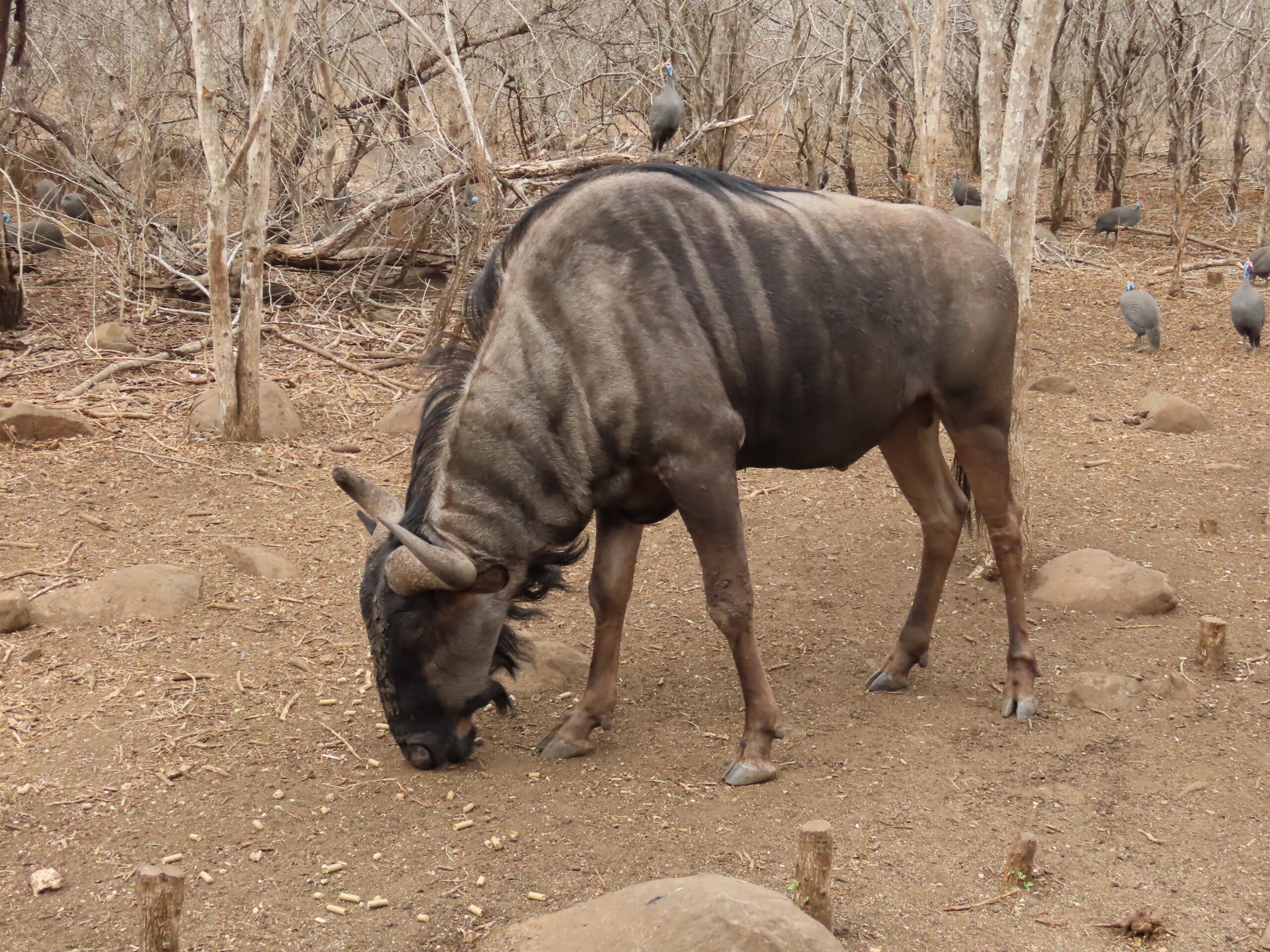
Broken Horn, a wildebeest, is also known as a gnu, pronounced “new.” I recall learning about gnus in grade school but didn’t realize they were also called wildebeests until we arrived in Africa in 2013. They are fascinating animals with prominent personalities, memorable bark, and a keen sense of their safety and protection ability. Broken Horn has a quirky disposition we’ve thoroughly enjoyed.
After speaking to Louise yesterday, we may consider a different, larger house when we return. My only hesitancy is we won’t see these same familiar animals when they only wander a specific area. It’s a big decision we’ll address in the future.

May your day be pleasant!
Photo from one year ago today, September 30, 2022:
 |
| This photo was posted one year ago while in lockdown in a hotel in Mumbai, India, on day #191. My dinner in 2013 in Kenya was seasoned grilled red snapper with sautéed non-starchy vegetables. For more photos, please click here. |

